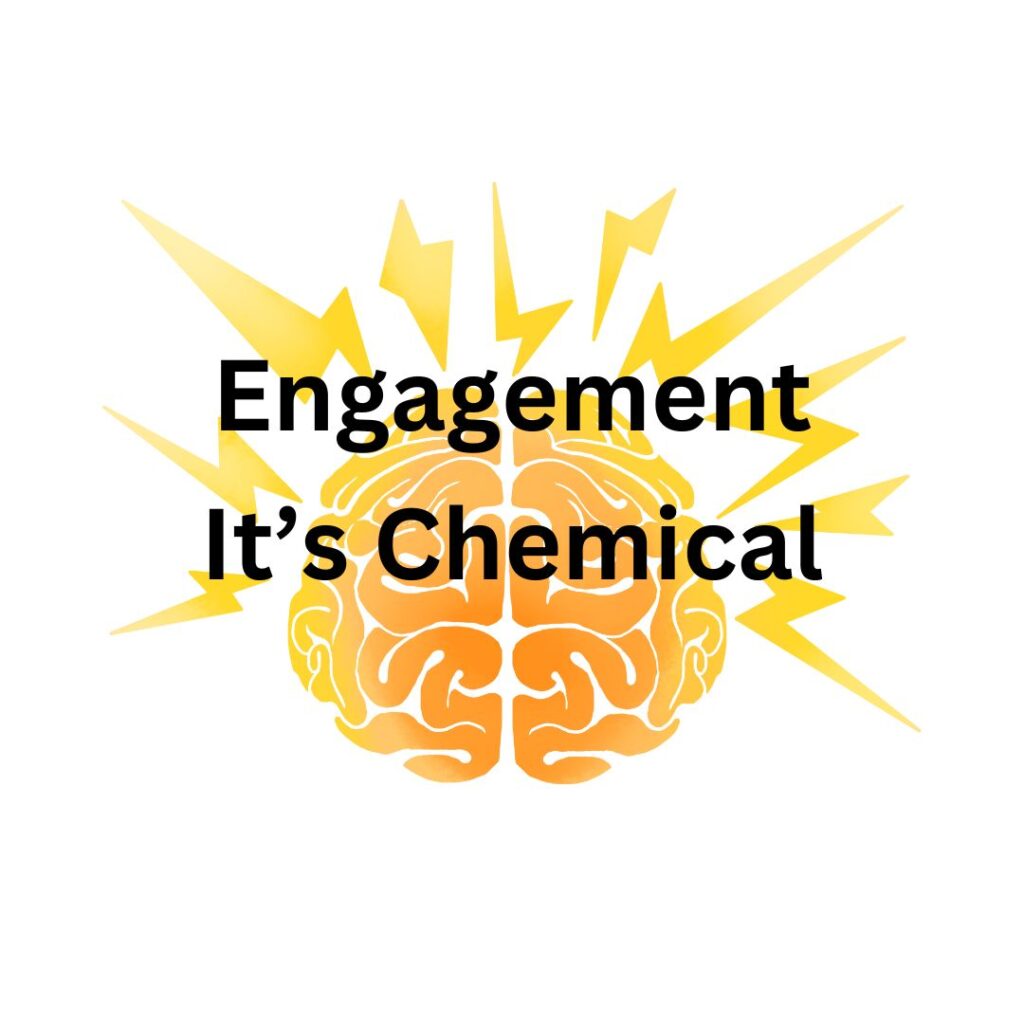Teachers are competing for attention and they think it is the devices they are competing with. Some think it is the speed at which students are accustomed to viewing images at hundreds of images a minute. They are right to a certain extent. But the real competition is what is happening in the brain when viewing these images or playing games. The answer to engagement is brain chemistry.
Neuroscience has provided the layman with information that will help us explain to children what is going on in their brans, so they can learn how to manage it.
Before neuroscientists were able to scientifically explain what was going on in the brain when solving problems, Einstein oand the Dalai Lama knew about the value of settling our brains when trying to solve a challenge. They couldn’t explain why it worked. They just knew it did. The Dalai Lama shared, “Physics and neuroscience explain to the science minded everything I have been telling you.”
Neuroscience proves that short study sessions over a longer period will help retain more information than studying for the same amount of time the night before a test. They can identify dendrites formed under stress because they are irregularly formed. This makes transmission of information slower than dendrites formed in a relaxed learning environment.
Students are able to view the chemical reactions in the brain while playing a video game or when independently solving a problem. They can see the value of asking questions, because fMRI’s create images they can view. Students are able to see why it is difficult to concentrate after playing video games because their brain will be drained of the chemical they need to concentrate. It makes sense to them.
When students understand the neuroscience behind what we are asking them to do, they comply easily. Once my third graders saw images of brains on video games and knew what chemicals were used in creatting those images, they made wise decisions about when to play their games. One boy came home from school the first week of class and announced, “Mom, it doesn’t look like I have time to play any video games today. I need too much brain rest after playing them, so I will pass today.” The parent called concerned that I had traded his son for another boy. I never told him he couldn’t play, I just showed him what he needed to know in order to decide for himself.
One piece of neuroscience they found particularly interesting was connected to what happens in the brain when we ask questions and when we independently discover the answer. According to a study done at the University of Davis by Dr. Gruber, when one asks a questions they get a sudden surge of serotonin in the brain. It feels good. But, even better, when we find the answer ourselves, we get a huge surge of dopamine. That is a feel good chemical. So asking questions and discovering the answer can make us happier.
Being given answers robs us from that great fealling. Plus, information discovered is retained. Solutions given are often lost.
Teachers can easily compete with devices by sharing neuroscience with their students and allowing the time for students to discover the answers through deductive and inductive reasoning, process of elimination, and analyzing analogies. Deducing an answer is much more brain stimulating that simply finding the correct answer.
The day of telling children what they need to learn and then testing them to see if they remember it must be replaced with student driven questions. When students create the questions about what they are going to learn, they are more likely to find the answers interesting because they get a chemical reaction in their brains that they don’t get by memorizing answers.
